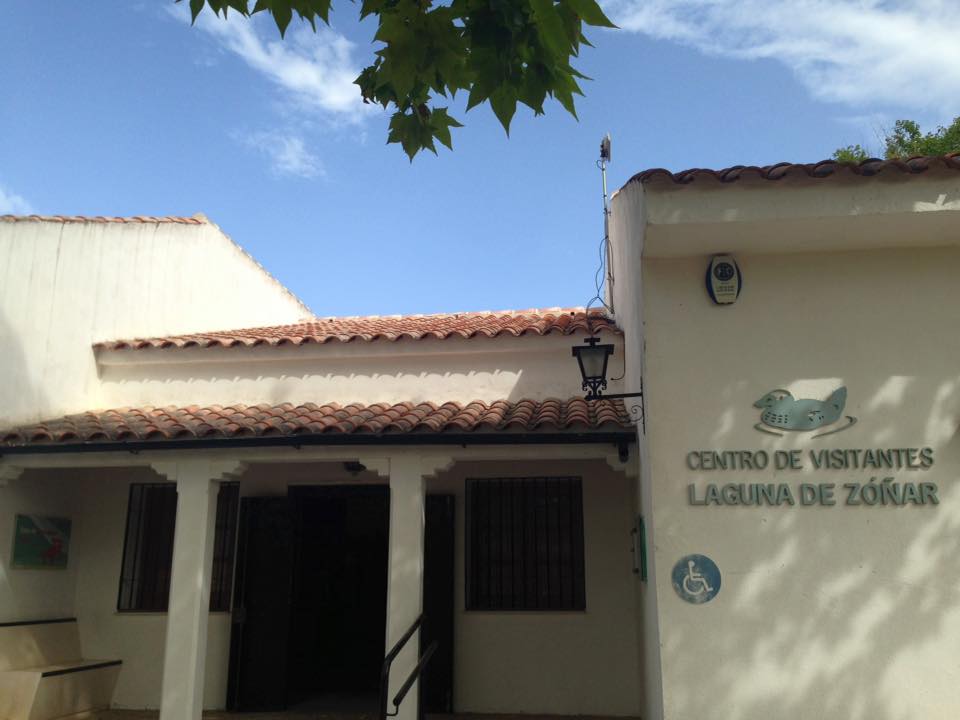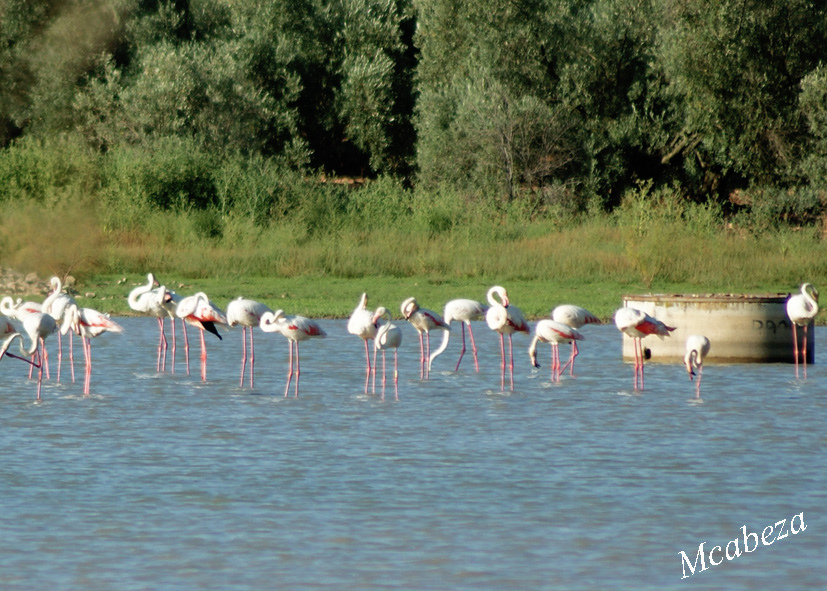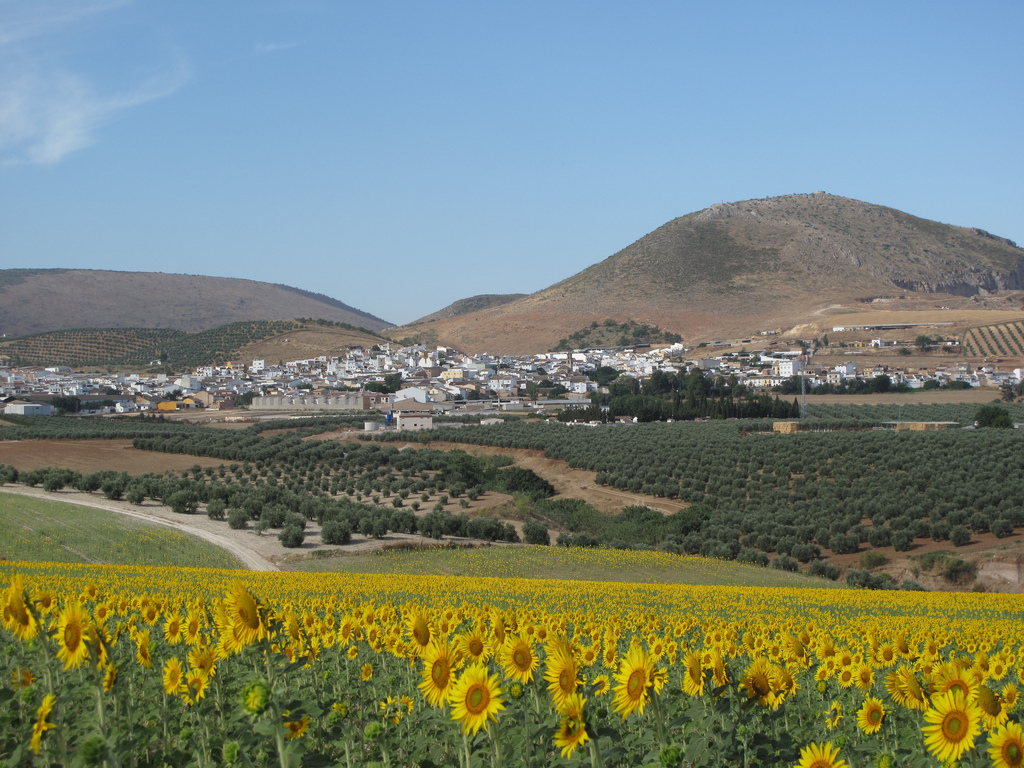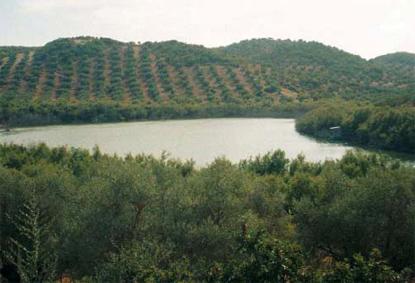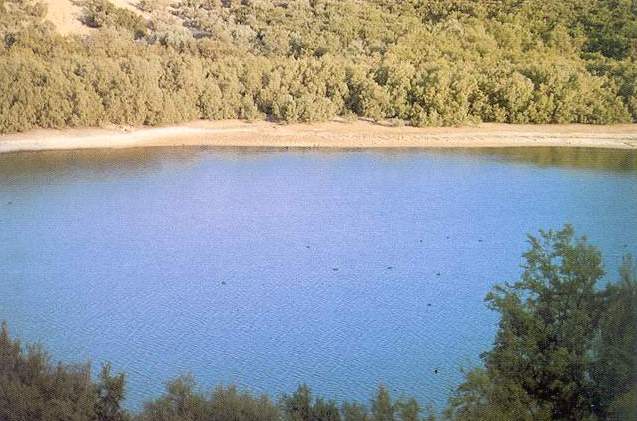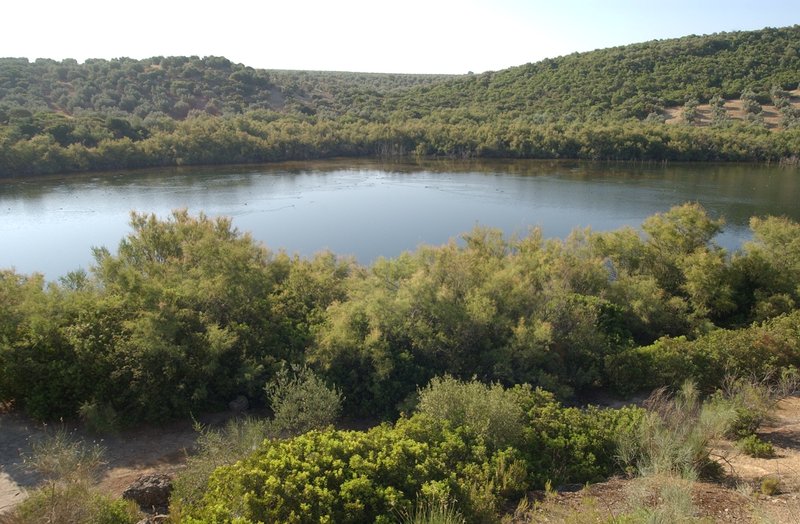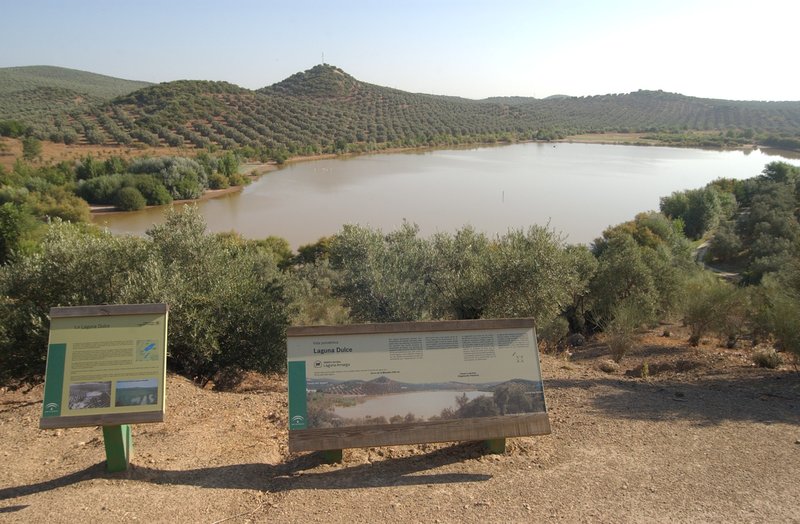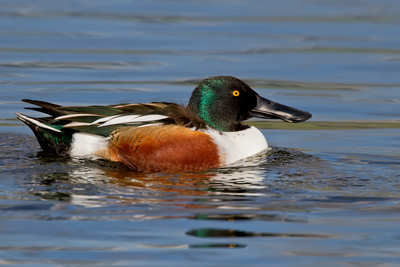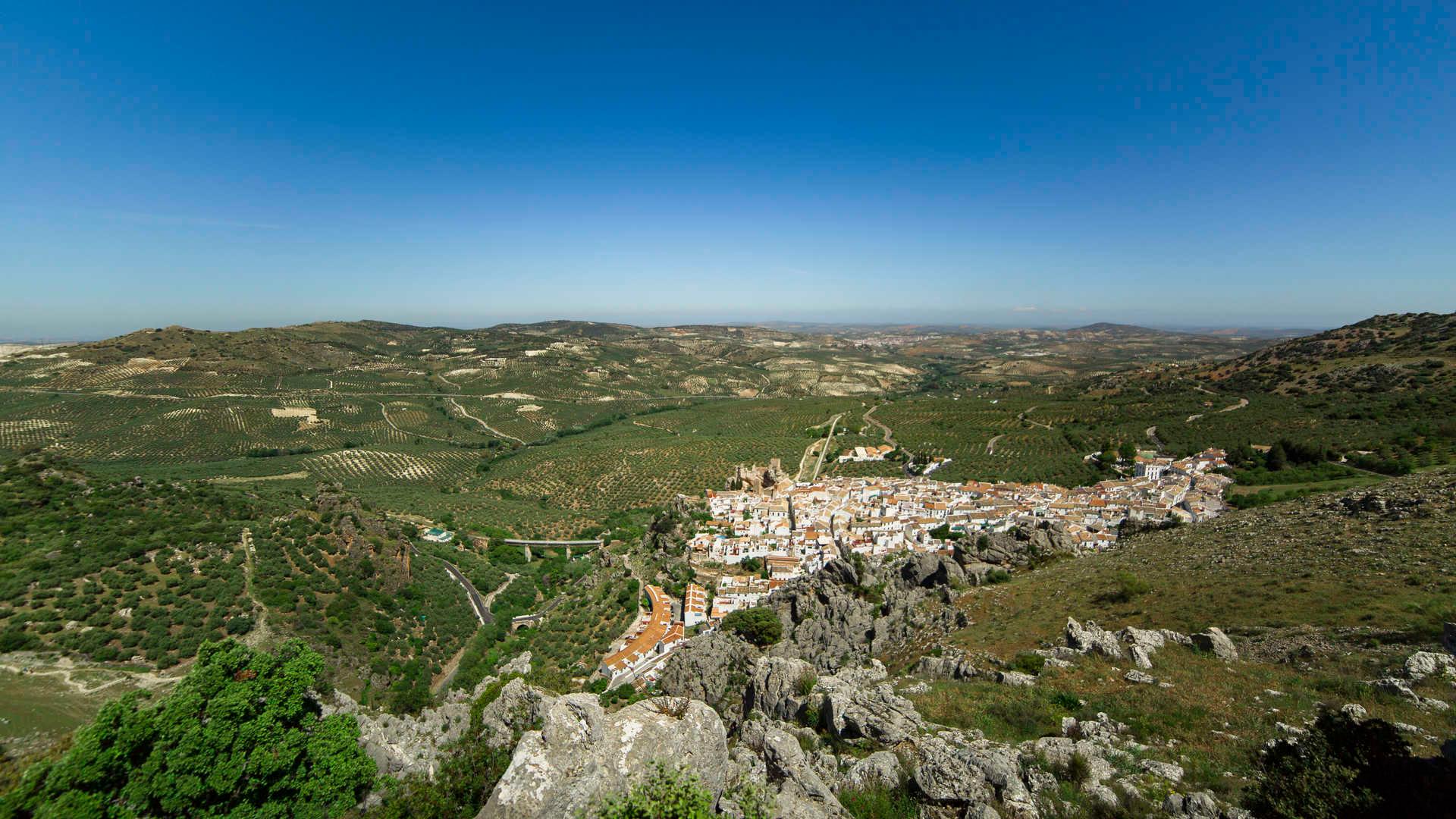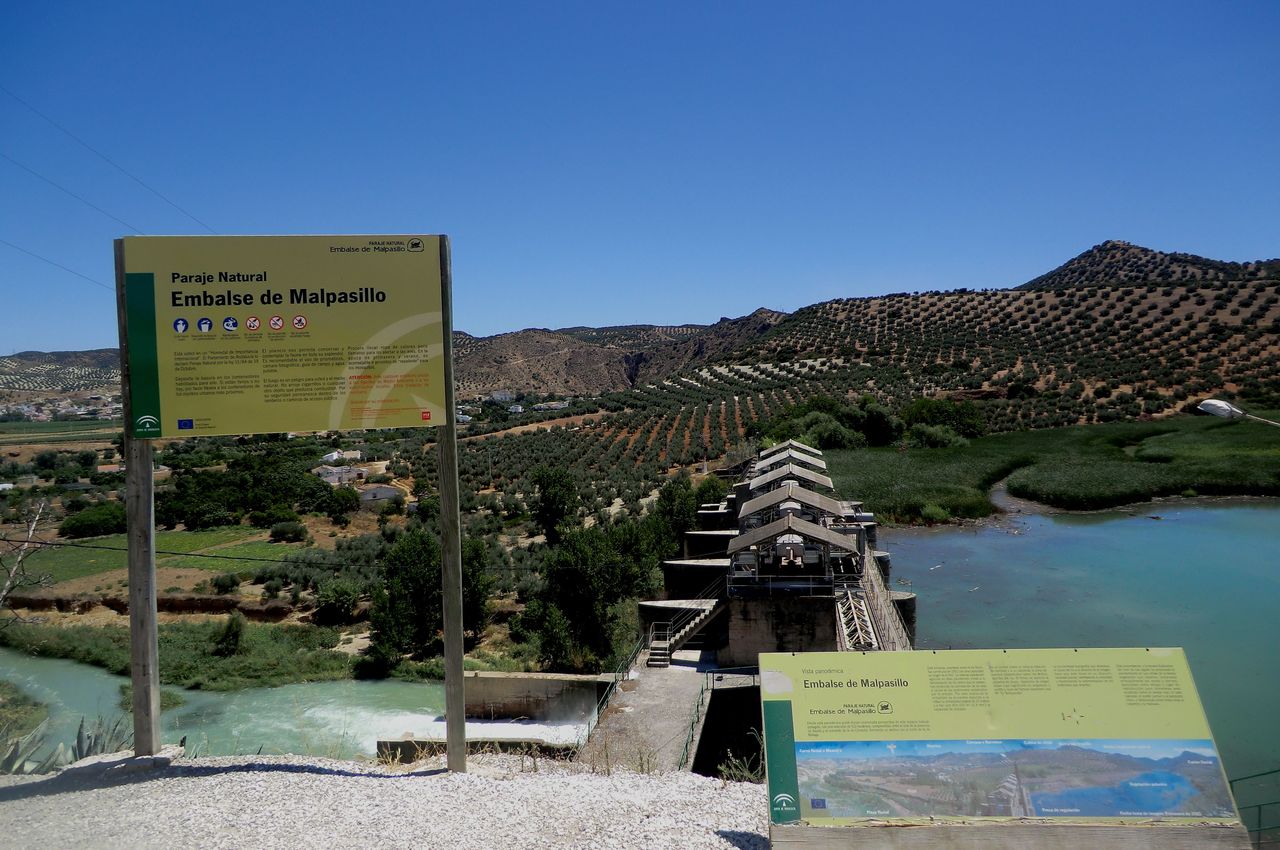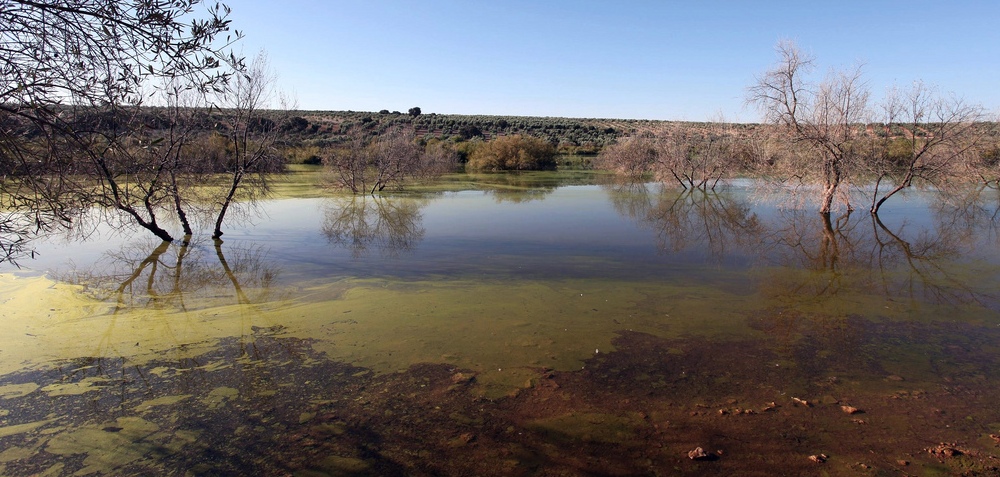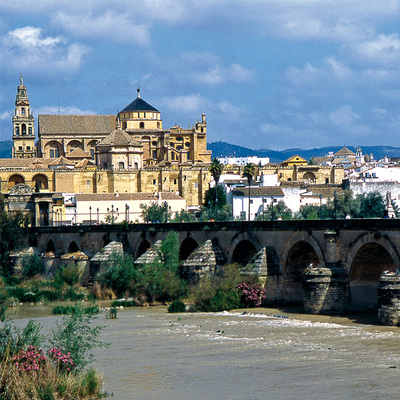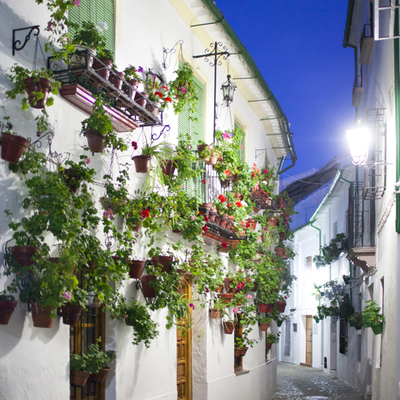Laguna Amarga
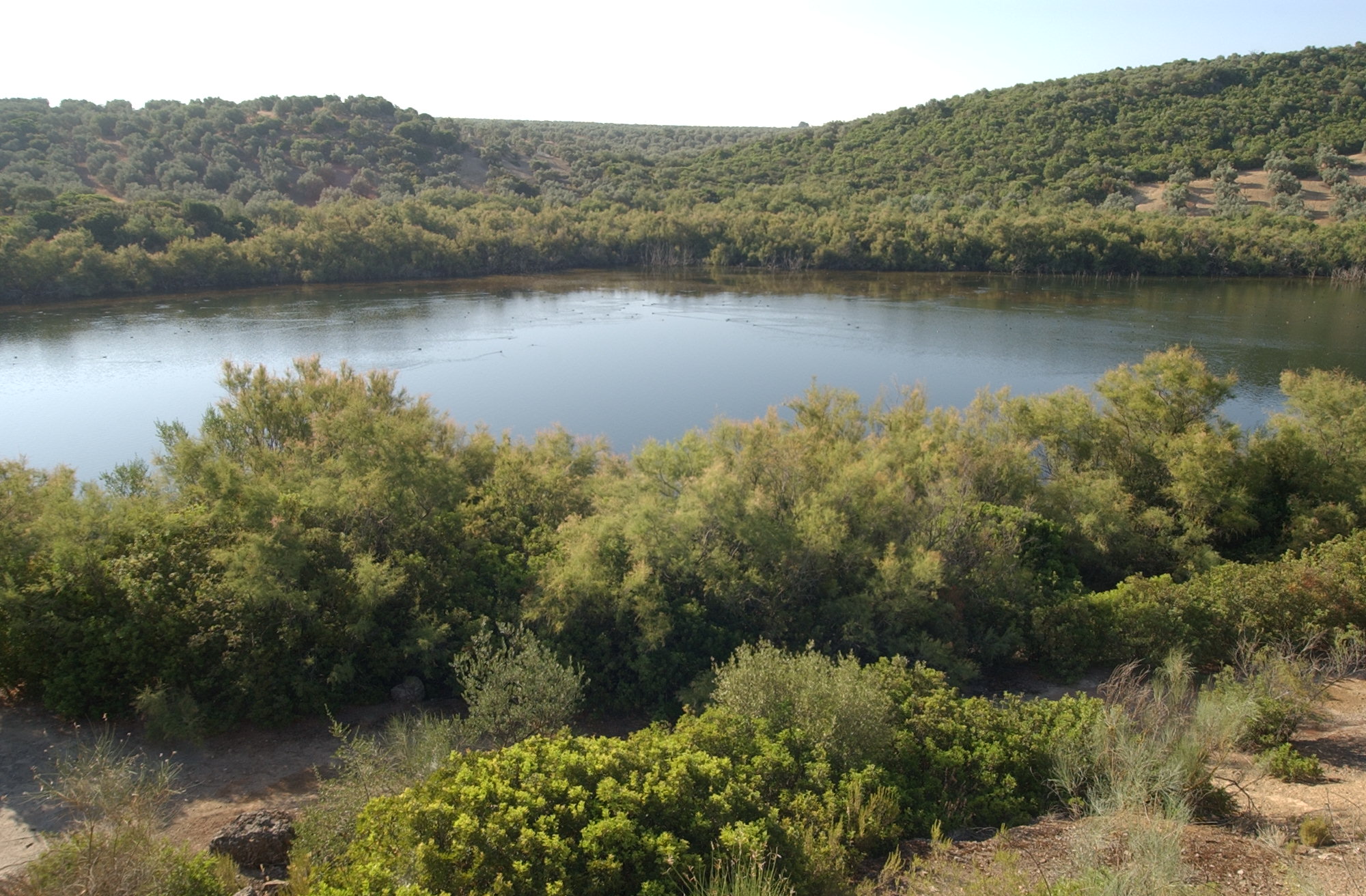
The Nature Reserve includes permanent lakes, such as Zóñar and Rincón and also seasonal ones like Tíscar, Los Jarales and El Salobral. They have all been declared protected areas because of their importance as winter migration and nesting areas for waterfowl. Thanks to the variety of soil types in the area, the wetlands in the south of the province of Córdoba provide a uniquely suitable habitat for a large number of bird and plant species.
The name of Amarga lake comes from the characteristic taste produced by the salt in its water ("amarga" is the Spanish word for bitter).
These oases surrounded by bulrushes and reeds contrast sharply with the fertile "campiña" landscape of Córdoba olive groves, vineyards and cereal fields. Amarga lake has a long stretch of dense tamarisk vegetation.
On the Carrizosa Trail, even those with only a basic knowledge of botany will be able to identify the different plant species typical of Mediterranean scrubland: buckthorn, mastic, broom and climbers such as honeysuckle and smilax.
Aquatic plants provide food for numerous animals. The silverside fish, in particular, is a species rarely found in inland watercourses on the Iberian Peninsula. The famous white-headed duck, identifiable by its thick bluish bill and its raised, pointed tail, is the area's most emblematic species. It was on the verge of extinction a few years back, but is now experiencing excellent recovery on Zóñar, Rincón and Amarga Lakes. Amarga Lake is also home to thriving populations of pochards and coots.


